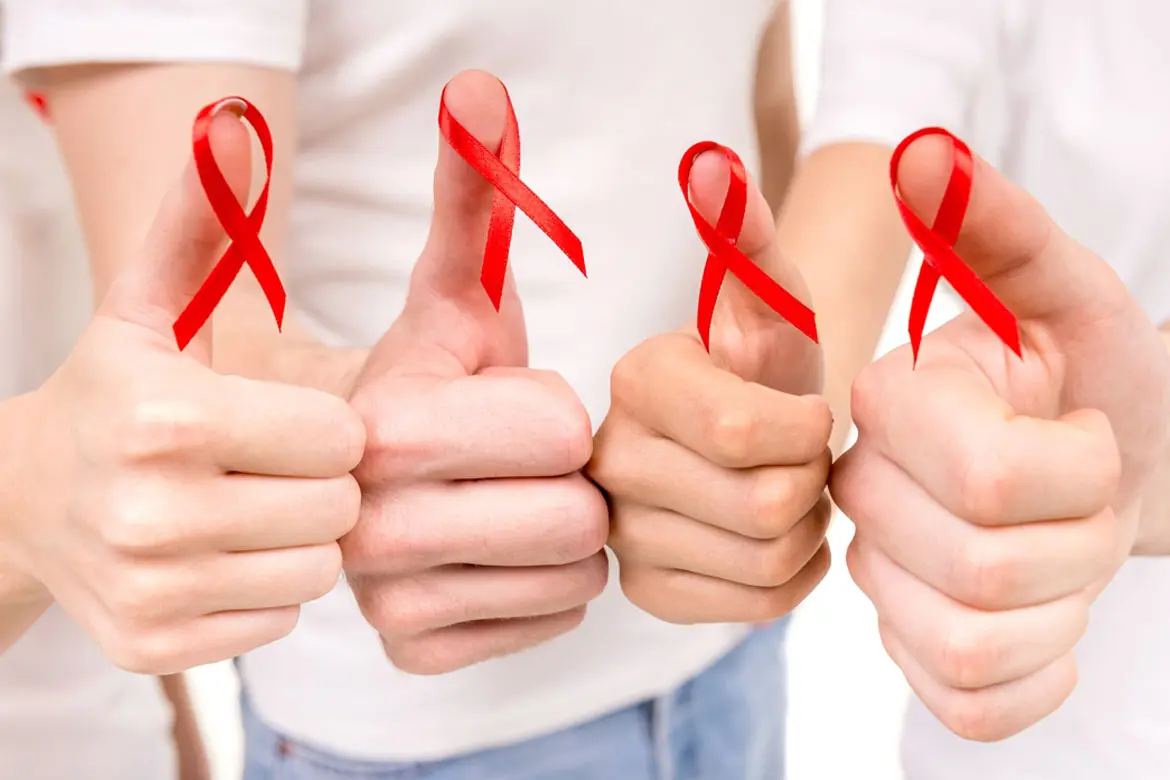Dr Leong Hoe Nam
Infectious Disease Physician


Source: Shutterstock
Infectious Disease Physician
Dr Leong Hoe Nam, an infectious disease physician at Mount Elizabeth Novena Hospital, sheds light on hopeful advancements in the treatment of HIV.
More than a year ago, I was referred to see Mr S, who was diagnosed with HIV. He was devastated with the diagnosis, initially. As a single heterosexual man, he could see his entire social life collapse before him but he quickly accepted the diagnosis and started on treatment.
After several months, his life was back to what it used to be, except he was not in any relationship. 6 months ago, he informed me that he had begun a relationship with a woman who knew about his disease and was understanding about it. I met her and explained the essence and transmissibility of the virus. Now, they want to get married and have their own children naturally. I agreed to help them.
Globally, new HIV infections have fallen by 35% since 2000. In children, they have declined by 58%. In countries such as the USA, and even previously high prevalence areas of sub-saharan Africa, there has been a fall in the number of new cases of HIV.
The tremendous progress in tackling the HIV epidemic has been attributed to rising awareness, earlier diagnosis and better treatment. Use of condoms with sex has been a tried and tested method with reduction rates of 85 – 95%. The second major breakthrough is the availability and use of HIV medications. With treatment, the viral load in the body falls, and this leads to lower transmission rates.
We are now living in the age where very early diagnosis of HIV is possible. In fact, HIV can be detected as early as the seventh day of infection, which is the time by which the virus would have integrated into the host cell. At day 21 of infection, the fourth generation antigen-antibody assay for HIV is able to conclusively detect and diagnose HIV. This is the screening test available in all hospitals and most laboratories, and is the most frequent test used in Singapore for the screening of HIV.
Unlike the third generation test kits that only test for antibodies, the fourth generation test kits look for both antibodies and antigens. Antibodies are produced by the immune system in response to the HIV antigens. Antigens are proteins on the surface of the HIV particle. Testing for antigens allows the some cases of HIV infection to be detected before antibodies are produced, thus shortening the window period in which people may test negative despite having the HIV infection.
Highly active anti-retroviral therapy (HAART) is spearheading the change in HIV treatment. The therapy is a combination of different drugs that suppresses the HIV replication in order to reduce the likelihood of the virus developing resistance. When viruses develop resistance against a medication or drug, it renders the treatment useless.
The goal of treatment for a HIV patient is to reduce the HIV viral load to undetectable levels.Drugs of today have fewer overt adverse effects and can be taken one dose a day. The availability of a combinational pill makes compliance from HIV patients easier because they only need to consume one pill a day.
The life of a HIV patient reverts back to normal with the regular use of HIV medications. The immune system also begins to recover progressively.
Many continue to have an enjoyable sexual lifestyle with their spouse. To date, recent studies have not shown a case of spousal transmission of the disease individuals on HAART.
Advances in medicine now allow successful conception without the transmission of HIV to the spouse or the child.
Risk of transmission is also a function of the CD4 cell count (an indicator of how well your immune system is working) and HIV viral load: The lower the CD4 count or the higher the HIV viral load, the higher the risk of transmission. With treatment, the CD4 count is maintained at optimal levels while suppressing the HIV infection. Data has shown that with HAART, the risk of spousal transmission falls dramatically.